Photography and Cinematography, Two great formats of storytelling !
- munish khanna

- Jun 5, 2023
- 5 min read
Updated: Jun 25, 2023

Photo - Lê Minh
Photography and cinematography are two forms of visual storytelling that share many similarities but also have significant differences. Here's a detailed comparison of the two:
Narrative structure:
Photography captures a single moment in time while cinematography captures a series of moments to create a narrative structure. this does not make one easier or difficult than the other. In photography you need to convey a lot through a single frame and the message should come across clearly. In a film, short or long, there is more time to convey a message. But this does not mean that there is all the time to do so. A TV commercial may last only 30-40 seconds. A full feature film also may be just about 2 hours long with a lot to tell. You do need to keep all these aspects in mind when filming the scenes as you can't cut just about anywhere while editing to make it short.
Movement:
While photography is mostly static, cinematography involves movement, and the camera is often used to follow or track the action. But this does not mean that you as a Photographer do not have to move around to get than one great photograph. Sometimes, you may intentionally add a little bit of camera shake in the photograph to convey a feeling of movement in the photograph. You may intentionally pan the camera along the subject movement to convey speed and motion in the photograph. On the other hand a good camera movement in case of a film should be such that the audience does not even notice the same and continues to follow the subject. These movements should remain subtle or prominent in context with the story line of the film you are shooting.

photo - Nathan Salt
Composition:
Both photography and cinematography rely on composition to create visually compelling images. However, in cinematography, the composition must also take into account the movement of the camera and the action in the scene. So, the composition needs to stay consistent and appealing as the camera or the subject moves in the frame. In other words, the composition still needs to work when it changes from one particular frame to the next and so on. Also it needs to be conveyed clearly as to who is speaking and who is listening.
Format:
Also, the frame of a film remains constant all through out whereas you may choose to shoot vertically or horizontally in case of a photograph. You may also crop and make the image a square or any other desired ratio unless there are any predefined formats. Films may have different aspect ratios but it will remain the same for one particular film till it lasts.
Lighting:
Lighting is essential in both photography and cinematography. However, in cinematography, the lighting must be designed to work with the movement of the camera and the needs of the scene. In cinematography you have to ensure perfect lighting for every frame that you are shooting and it should remain consistent with the subject and the camera movement. For example, if an actor is moving from an outdoor area to the interior of a house, you need to ensure that the lighting is set and in control for both the areas before you start shooting. You will need to balance out both extremes of lighting so that one does not turn out to be too dark or bright as compared to the other. And the difference what so ever should look natural and appealing to the eye. In photography, this would actually be two different lighting situations and you could manage the interior and the exterior independent of one another.

Photo - Ludvig Hedenborg
Lighting types:
Though you can shoot with continuous ambient light but more professional photography work may involve the usage of strobe lights. An image would be created under the burst of these lights, one or more. Filming would involve powerful yet continuous light sources only which create the ambient light as per the situation in a particular scene.
HMI and other continuous light sources are used in Films.
Strobes are more preferred in Studio for Photography as these allow a large amount of light leading to usage of a higher shutter speed at a lower ISO.
Models versus Actors
You subject in both the cases need to perform differently. While the models may pose and freeze their expressions for you to capture the same, the actors need to perform in the more real sense as they move in accordance to the storyline and the dialogues being delivered. You may choose to shoot your models from the best possible angles which compliment and enhance their features but in case of filming the scene you may still do so but have a limited scope as the overall essence of the scene in of much more importance. Many Big stars have certain restrictions and clauses in their agreements in terms of what angles they can not be shot with. Strange but true !
Sound:
Sound is a critical component of cinematography, but not of photography. The sound must be captured and recorded separately and then synchronised with the images in post-production unless you are synching the sound during the shooting itself.

Equipment:
While there is some overlap in the equipment used for photography and cinematography, they are also distinct. Cinematography requires specialized equipment like dolly tracks, cranes, gimbals and sliders, while photography equipment is more focused on lenses and camera bodies. The Photography cameras now come with the option of shooting films as well and that work out to be a great bonus for independent film makers as they can experiment on a budget with these cameras. Although resolutions have increased drastically over the period of time, there is also a large junk or category which has shifted from large screen cinema halls to their mobile phones for watching the video content. This makes the DSLR and mirrorless cameras a perfect choice for making short videos and other youtube content without having to hire expensive equipment.

Photo by lê minh
In cinematography, you may actually have a Focus puller involved who's role is primarily to ensure that the subject being filmed is well in sharp focus.
Be it compact, Full frame or a Medium format camera, it is never too bulky and cumbersome as compared to cinema cameras. Even though you do have cameras today which shoot both photos and videos but professional cinema cameras are still large and bulky. Even the Gimbals used are more sophisticated as compared to the lighter ones for Photography
Scale and Crew
while a lot of Photography genres can be covered independently or with limited crew, filming does require a lot of crew and support system to take care of different aspects of film making.
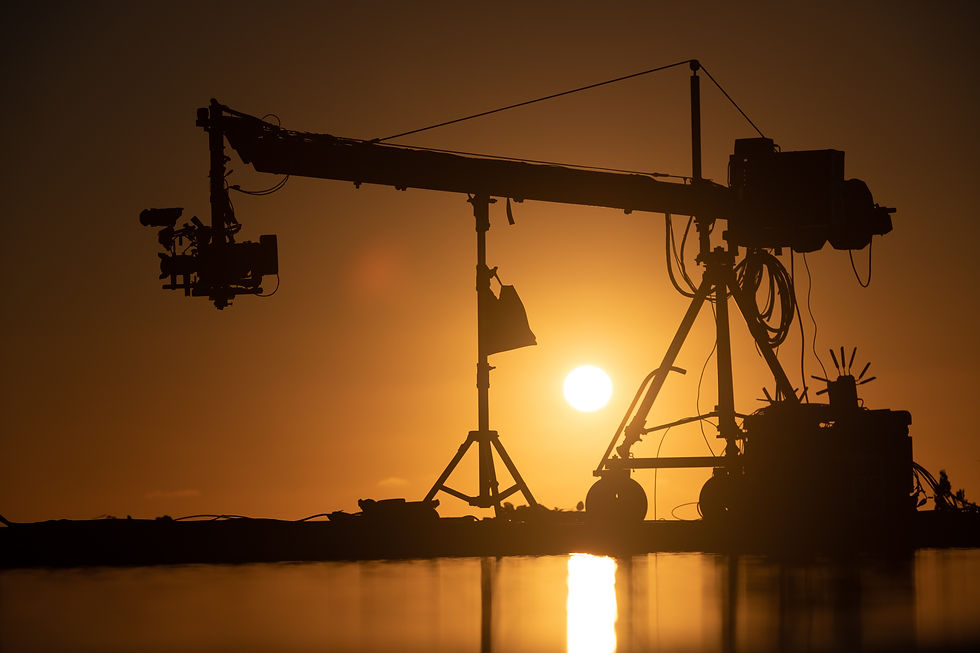
Photo - Ludvig Hedenborg
Post-production:
Both photography and cinematography require post-production work to enhance the images. However, in cinematography, there is typically much more work involved, including editing the sound and integrating special effects. There is a whole lot of planning and coordination that takes place in film editing as compared to photo editing. While you may edit photographs on a decent computer with basic specifications, you definitely need a very fast and capable computer to efficiently edit videos. More so, if you have shot on 4K or more.
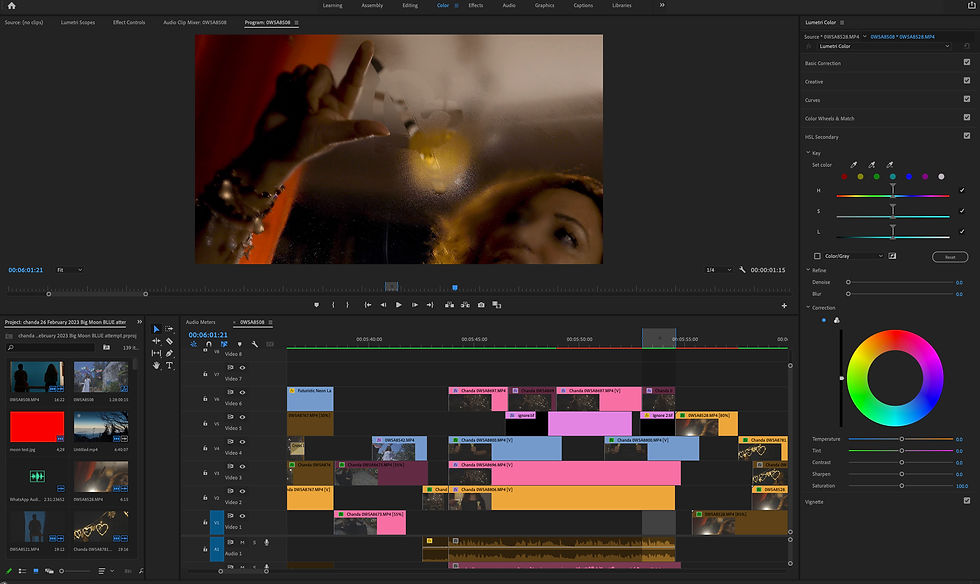
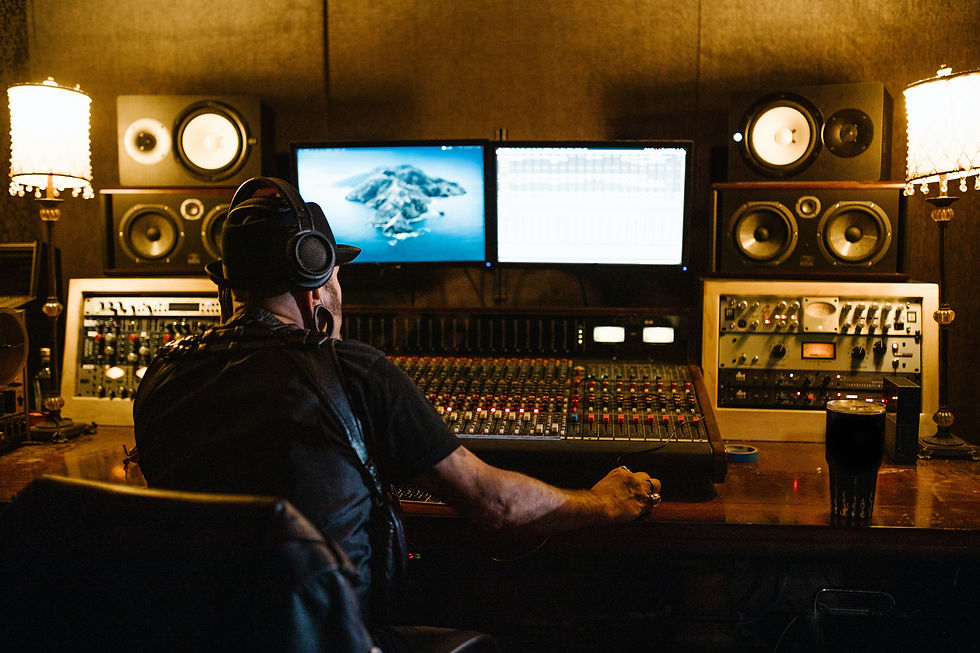
Storytelling:
While both photography and cinematography tell visual stories, cinematography is more focused on creating a narrative structure that unfolds over time. On the other hand, you may need a number of photographs to complete a photo essay on a particular narrative.
Overall, while there are some similarities between photography and cinematography, they are different forms of visual storytelling that require different skills and techniques. Photography is focused on capturing single moments in time, while cinematography is about capturing a series of moments to create a narrative structure.
Munish is a creative Film maker covering different genres










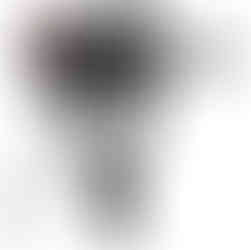









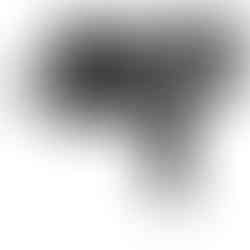























Comments